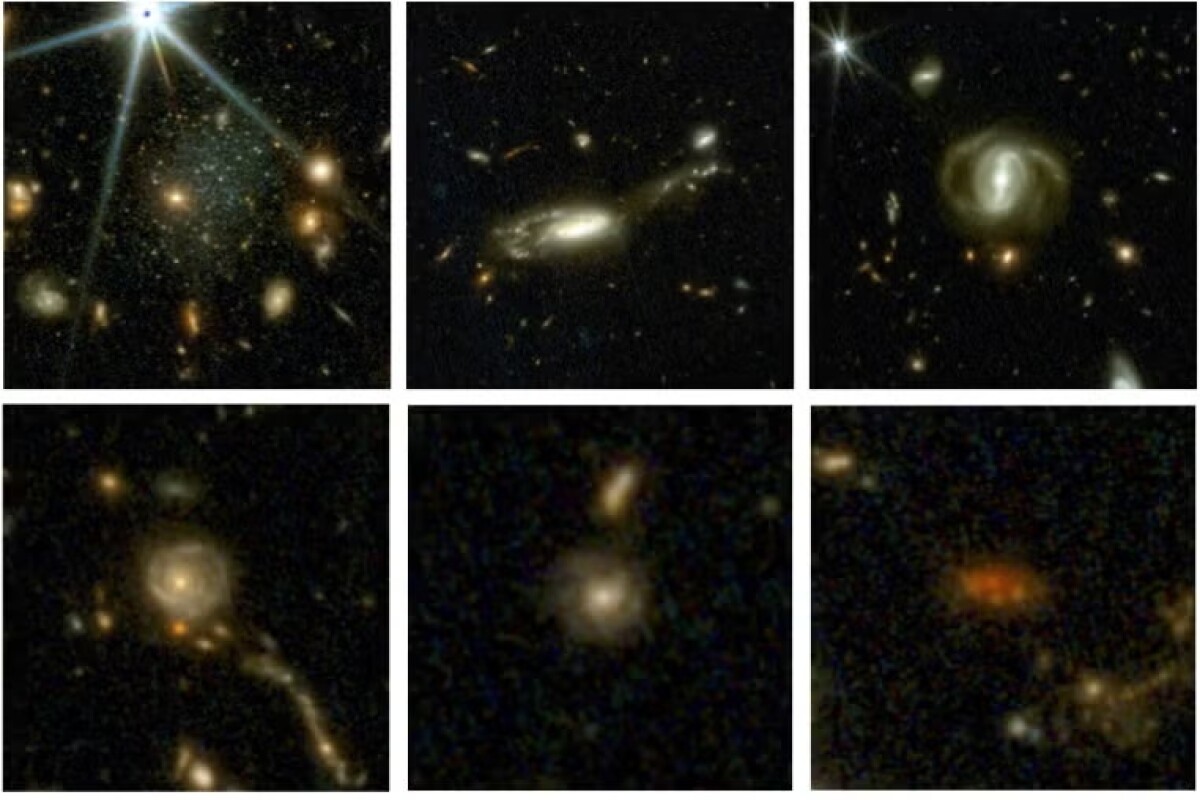Get the latest tech news
Early Universe's 'Little Red Dots' May Be Black Hole Stars
After it began "peering into the distant universe" in 2022, NASA's James Webb Space Telescope "has discovered a rash of 'little red dots'," reports Science magazine. There's "hundreds of them, shining within the first billion years of the 13.8-billion-year-old universe, so small and red that they d...
After it began "peering into the distant universe" in 2022, NASA's James Webb Space Telescope "has discovered a rash of 'little red dots'," reports Science magazine. "The big breakthrough of the past 6 months is actually the realization that we can throw out all these other models we've been playing with before," says astronomer Anna de Graaff of the Max Planck Institute for Astronomy... JWST couldn't resolve the dots into a recognizable shape, which meant they must have been tiny — less than 2% of the diameter of the Milky Way. Given how common little red dots appear to be in the early universe, theorists are beginning to wonder whether this giant-ball-of-gas phase is an essential part of black hole growth and the evolution of galaxies.
Or read this on Slashdot
